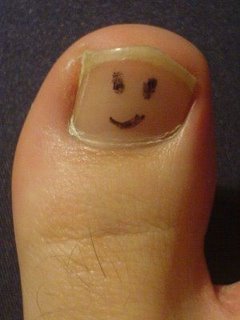Surgery vs casting...same results
/image source: https://commons.wikimedia.org/wiki/File:Trimalleolar_Ankle_Fracture.jpg
We see many people for all types of fractures and rehab. This study looks at folks who had ankle fractures who either got mhm casted or had surgical management. Looks like conservative is just as good in this case.
"In a pre-specified, 3-year extension of a randomized clinical trial of equivalence, close-contact casting maintained equivalence in function compared to surgery in older adults with unstable ankle fracture. Furthermore, no significant differences were reported in quality of life or pain. The authors concluded that the focus of treatment for these patients should be on obtaining and maintaining reduction until union, using the most conservative means possible.
The study enrolled 461 patients; the control group (n=254) had non-diabetes-related foot complications; the study group (n=207) had diabetic foot pathology (including 61 [32%] with diabetic foot ulcer, Charcot neuropathy, foot infection, or acute neuropathic fractures and dislocations).
Researchers found no significant differences between the 2 groups related to fear of blindness, diabetic foot infection, or kidney failure needing dialysis. When compared to those without diabetic foot problems, the authors found that the 32% of the study group with identified diabetic foot disease were 136% more likely to rate LEA as their greatest fear and that 49% were less likely to rate death as their greatest fear. In their conclusion, the authors noted that the presence of a diabetic foot-related complication, having diabetes for more than 10 years, use of insulin, and having peripheral neuropathy were all variables that subjects associated with identifying LEA as the greatest fear.
Wukich DK, Raspovic KM, Suder NC. Patients with diabetic foot disease fear major lower extremity amputation more than death. Foot Ankle Spec. 2018;11(1):17-21."
source: http://lermagazine.com/issues/may/three-year-follow-up-close-contact-casting-vs-surgery
image source: https://commons.wikimedia.org/wiki/File:Trimalleolar_Ankle_Fracture.jpg

























